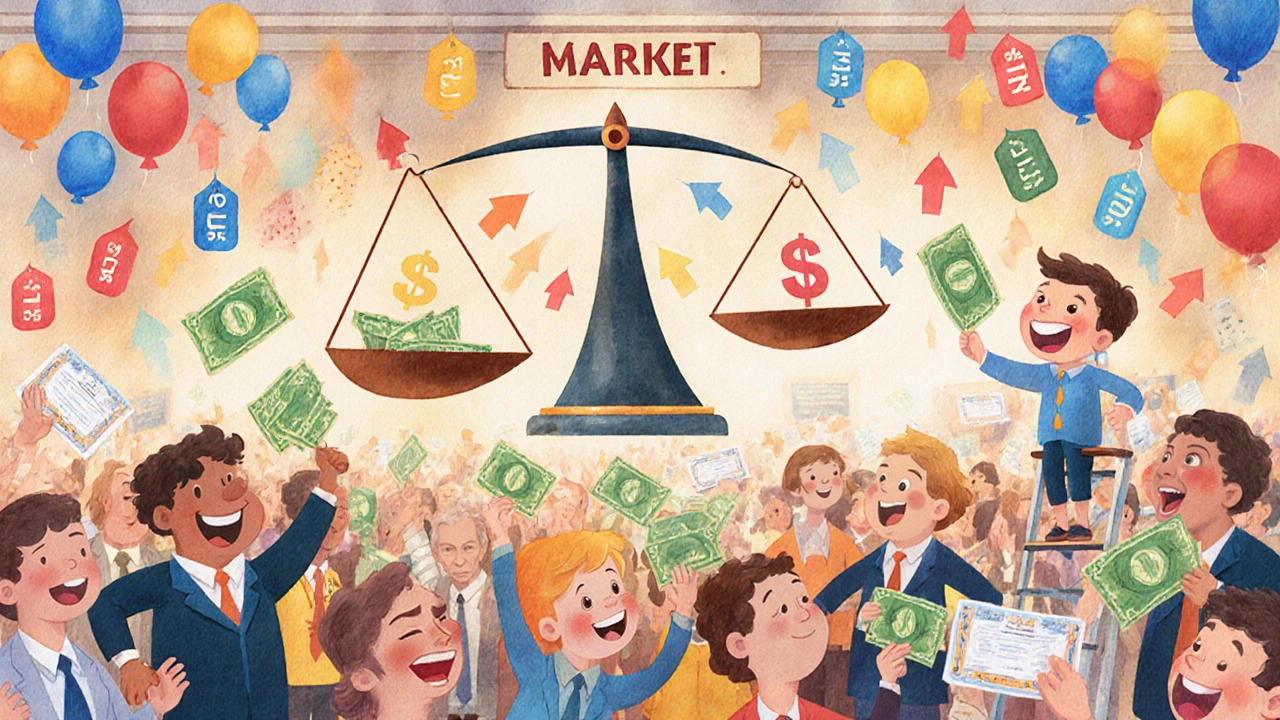Supply and Demand: How Market Forces Drive Prices in Stocks, Crypto, and Finance
When you buy or sell anything—from a single share of Apple to a whole Bitcoin—the price isn’t random. It’s shaped by supply and demand, the fundamental economic mechanism where price adjusts based on how much of something exists versus how badly people want it. Also known as market equilibrium, it’s the invisible hand behind every trade you make. This isn’t theory. It’s why Tesla’s stock jumps when Elon Musk tweets, why Ethereum drops when exchanges freeze withdrawals, and why bond yields spike when the Fed sells off its holdings.
Supply and demand doesn’t just work in stock markets—it shows up everywhere. In interchange fees, the hidden costs merchants pay for card payments, banks raise fees when there are fewer payment processors competing (low supply) and merchants have no choice but to pay up (high demand). In floating-rate notes, bonds that adjust interest as rates change, demand soars when investors fear falling bond prices, pushing up their value even if the underlying rate hasn’t moved yet. Even BNPL services, like Klarna and Afterpay that let you pay later, rely on supply and demand: when lenders flood the market with credit (high supply), they lower approval bars to attract more users (high demand). But when regulators crack down or defaults rise, supply dries up fast—and suddenly, you can’t get approved even if you’ve got great credit.
What you’ll find in these posts isn’t abstract economics. It’s how real investors and institutions use supply and demand to make money—or avoid losing it. You’ll see how supply and demand drives rebalancing decisions in portfolio checkups, how it affects the price of fractional shares, why option expiration dates create artificial demand spikes, and how embedded insurance becomes popular only when consumers feel they’re getting more value than they’re paying for. This isn’t about memorizing graphs. It’s about spotting the real-world signals: when buyers are desperate, when sellers are panicked, and when the market’s about to flip.



